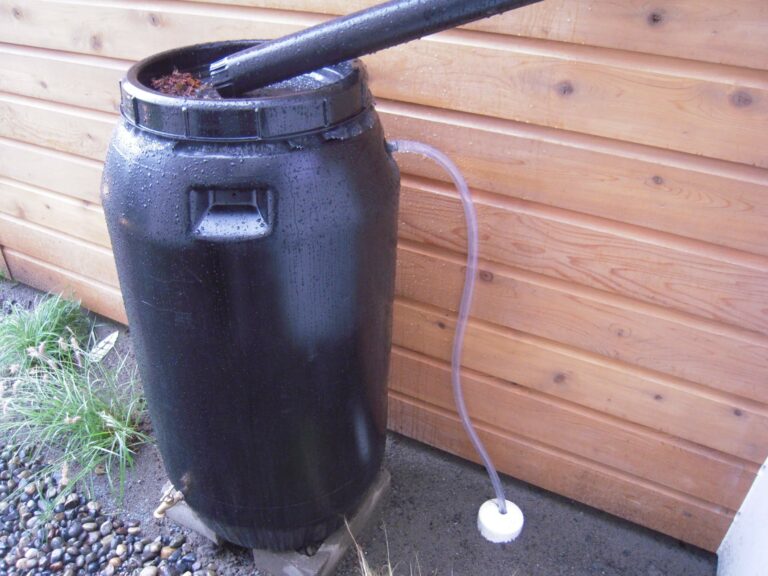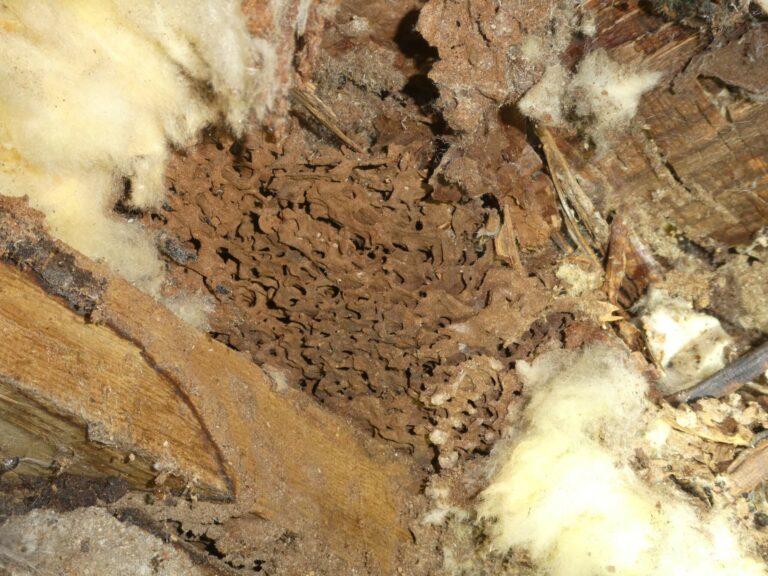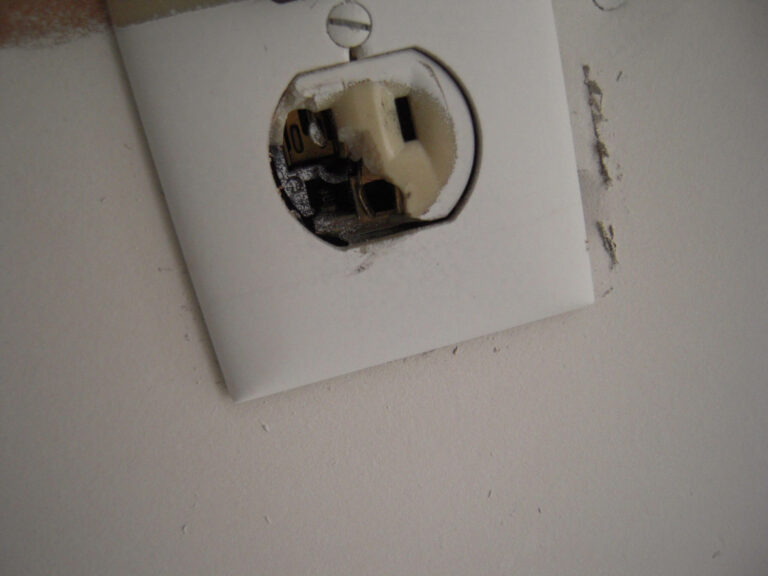Anobiid Beetle Basics
Anobiid beetles, often mistakenly called “powder post,” beetles, are rarely seen, but their presence can be identified by the marks they leave behind. Active infestations will leave a fine powdery frass that the beetles excavate from infested wood and where the anobiid larva emerge, you will see a series of small exit holes that can look like miniature buckshot. Anobiids can damage softwood lumber which is commonly used for framing residential construction in North America. Wood with a moisture content of 13%-18% is subject to infestation. For perspective, wood in a well-built dried-in house tends to be between 8% and 11% moisture content. Adult beetles lay eggs in cracks in softwood and hatching larvae bore into the infested wood and can continue to feed and damage wood for as many as 5-6 years or longer. Anobiid beetles can be very destructive to the wood framing of infested houses and they are most common in older cabin-like buildings where the wood used for construction was never properly kiln dried as we do today.

Anobiid Management
Control of anobiid beetles can be tricky. First, you want to determine if an infestation is active or historic. Anobiid infestations can die out naturally over time and chemical treatment will not help if a condition is no longer active. Determining if anobiid infested wood is an active problem may require additional inspection by a pest control operator as well as on-going monitoring to see if fine powdery frass is being expelled from exit holes. If new frass keeps appearing the condition is likely active and may require chemical treatment by a pest control operator as well as repairs to reduce moisture content in the wood. This can include adding ventilation or vapor barriers to crawl spaces and correcting drainage or other moisture problems. Chemical treatment can prevent on-going damage to wood but it can be tricky as chemicals need to be applied directly to the infested wood and they kill the larvae only, so it can take some time for all of the emerging larvae to ingest enough chemicals to die. Infested wood on the outside of a house or badly damaged wood should be replaced.
Repairing Anobiid Damage Can Be Tricky
Repairing or replacing wood that has been damaged by anobiid beetles can be tricky especially when there is a lot of damaged floor framing below a house. Unlike a rot repair, which tends to be localized to an area of water damage such as below a leaking bathroom, anobiid beetle damage can be present throughout the floor frame of a house. In cases like this, a contractor must determine the recommended scope of repairs. This may involve “sistering” damaged wood with new sound wood. This is when new framing is run parallel to existing framing to

strengthen a floor frame. There are no precise metrics for the scope of this work and you can be at the mercy of a contractors’ opinion. A great deal of time and money can be invested in making repairs to anobiid beetle damage in a floor frame and when it comes time to sell a house you would still have a stigma because the damaged wood is still there. There is no practical way to replace beetle damaged floor framing without rebuilding the house. In cases like these, some houses with anobiid beetle damage can be less valuable or even not worth repairing at all if the damage is too extensive.
Overview
In general, anobiid beetles can be a frustrating find on a home inspection. Mild and historic damage is quite common in older buildings and does not present much risk. However, persistent and extensive anobiid beetle damage can introduce a great deal of risk and uncertainty regarding the scope and urgency of needed repairs.








